Government contractors operate in a highly regulated industry, so it’s critical to understand all applicable requirements for your contracts. Cost reimbursement contracts and time and materials (T&M) contracts should include the Allowable Cost and Payment clause — Federal Acquisition Regulation (FAR) clause 52.216-7 — which requires contractors to prepare an incurred cost submission (ICS).
- What is an ICS? ICS schedules support and become the basis of the final annual indirect cost rates. They show detailed calculations of indirect pool(s) and base(s), as well as a summary of costs incurred by contract. Proposed rates shall be based on the contractor’s actual cost experience for that period.
- Why is an ICS needed? It establishes final annual indirect cost rates and determines any overbilling or underbilling for the submission period of the costs. ICS schedules demonstrate costs are reasonable, allocable and allowable in compliance with Generally Accepted Accounting Principles (GAAP), Cost Accounting Standards (CAS), FAR and contract provisions.
Final indirect cost rates are used in negotiating the final price of federal contracts, requiring that indirect costs be settled before contract prices are established. ICS preparation is the final opportunity to voluntarily disallow costs (pre-audit) that could be perceived or determined to be unallowable.
The following checklist highlights key considerations for avoiding an inadequate or delinquent submission, as well as what you can do in the event of an audit by the Defense Contract Audit Agency (DCAA). By understanding what the submission will be reviewed for, and some common deficiencies, you can help ensure an adequate and timely submission.
Avoid delinquent submission
- An ICS is due within six months after the contractor’s fiscal year end.
- If the filing deadline cannot be met, submit a written request for extension of time to the Defense Contract Management Agency (DCMA) before the deadline passes.
- If no extension has been granted by the DCMA Administrative Contracting Officer (ACO), the DCAA auditor may provide unilateral rate recommendations.
Review for adequacy
- Schedule N is signed by an authorized party (usually CFO or above).
- Costs are reasonable, allocable and allowable.
- Identification, by contract, of awards containing FAR 52.242-3 – Penalties for Unallowable Costs (penalty clause).
- Submission of all claimed costs incurred for cost type and/or T&M reimbursable government contracts, including adjustments and explanatory notes.
- Identification of unallowable costs (voluntary deletions) and expressly unallowable costs with notes accompanying adjustments.
- Best practice includes use of the DCAA’s Incurred Cost Electronically (ICE) Model (or similar format) containing all required schedules: Schedule A-F for Indirect Cost Pools, G-K for Contract Costs, L-O for Other Contract Information.
Note: Contractors can review the same checklists used by DCAA auditors to assess adequacy. Enterprise resource planning (ERP) systems can also assist with ICS preparation and compliance.
Avoid common deficiencies
- Incurred cost schedules are filled out incorrectly, or missing information (See the DCAA ICE Model Manual).
- Unallowable expense accounts/amounts are not identified as a reduction or adjustment to booked indirect expenses shown in the general ledger (see: Schedule B).
- Contract ceilings are not listed on Schedule I (see also: Schedule O).
- For Schedule I, identify whether the listed contract is subject to the penalty clause.
If necessary, prepare for audit success
- Learn the acronyms so you can speak their language.
- Interface with auditors before, during and after an audit.
- Insist on formal kickoff and exit audit meetings as required by Generally Accepted Government Auditing Standards (GAGAS, aka Yellow Book).
- Keep a log of everything provided to auditors, as well as items requested.
- Ensure any responses to audit findings are incorporated into the final report.
Understand audit risk and DCAA objectives
The level of audit oversight depends on contract type and procurement method:
- Firm-fixed-price (FFP) contracts have lower audit risk.
- Cost reimbursable and T&M contracts have higher audit risk.
- Negotiated procurement has increased audit oversight.
If the submission triggers an audit, the DCAA auditor will have the following objectives:
- Evaluate adequacy and compliance.
- Assess if costs incurred and claimed are reasonable, allocable and allowable.
- Obtain sufficient understanding of the audit area, including an understanding of key internal controls.
- Ensure contract or regulatory limitations or exclusions are reflected.
- Confirm there is no unreasonable executive compensation.
- Assess risks as a basis for the design tests.
- Document test findings in working papers and permanent file.
- Examine and document sufficient evidence to support an opinion.
The DCAA auditor will provide a letter from the audit to the DCMA. The DCMA CO will:
- Establish final indirect cost rates.
- Disallow costs where applicable.
- Make penalty adjustments where applicable.
- Accept a DCAA proposal adequacy review in lieu of an audit or waive an audit.
If you have questions about government contracting, please reach out to Tom Crutchfield for more information.
Error: Contact form not found.





